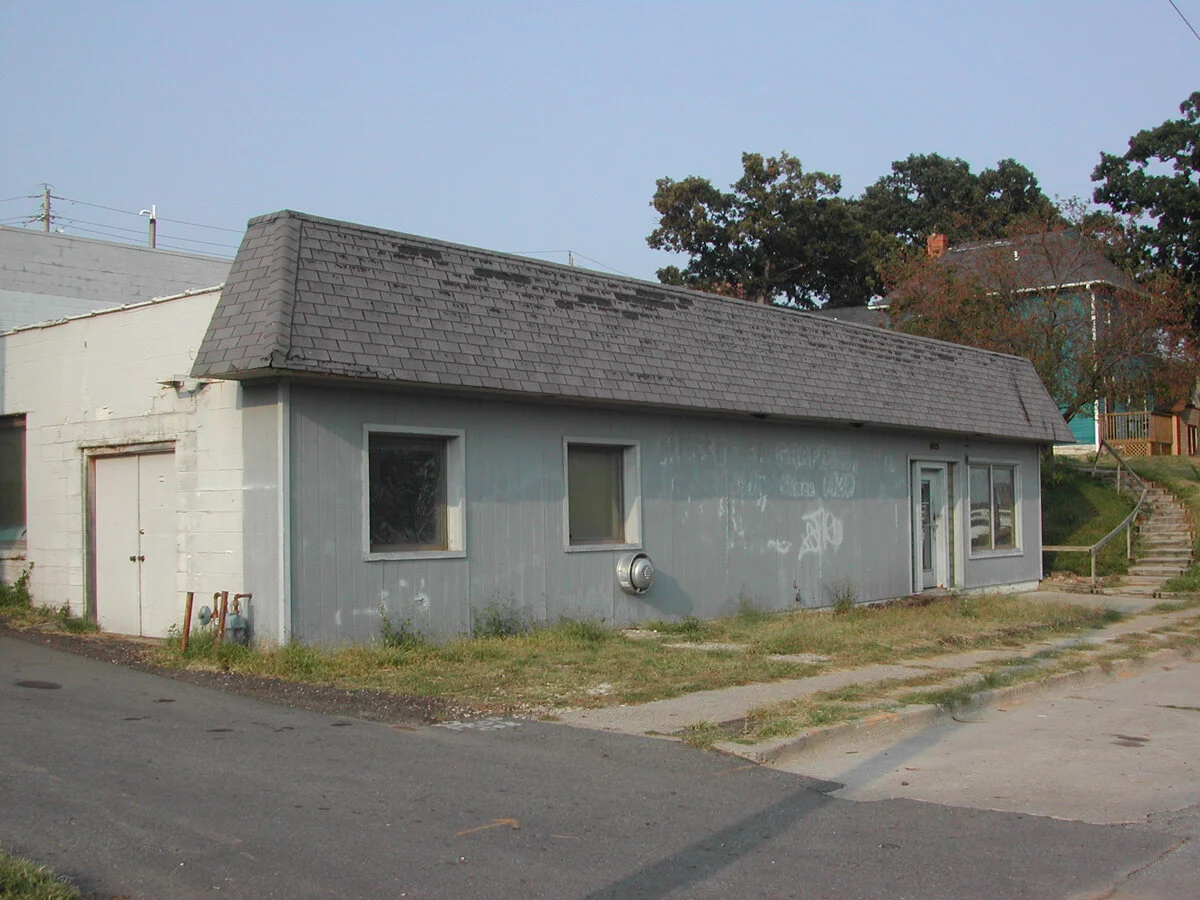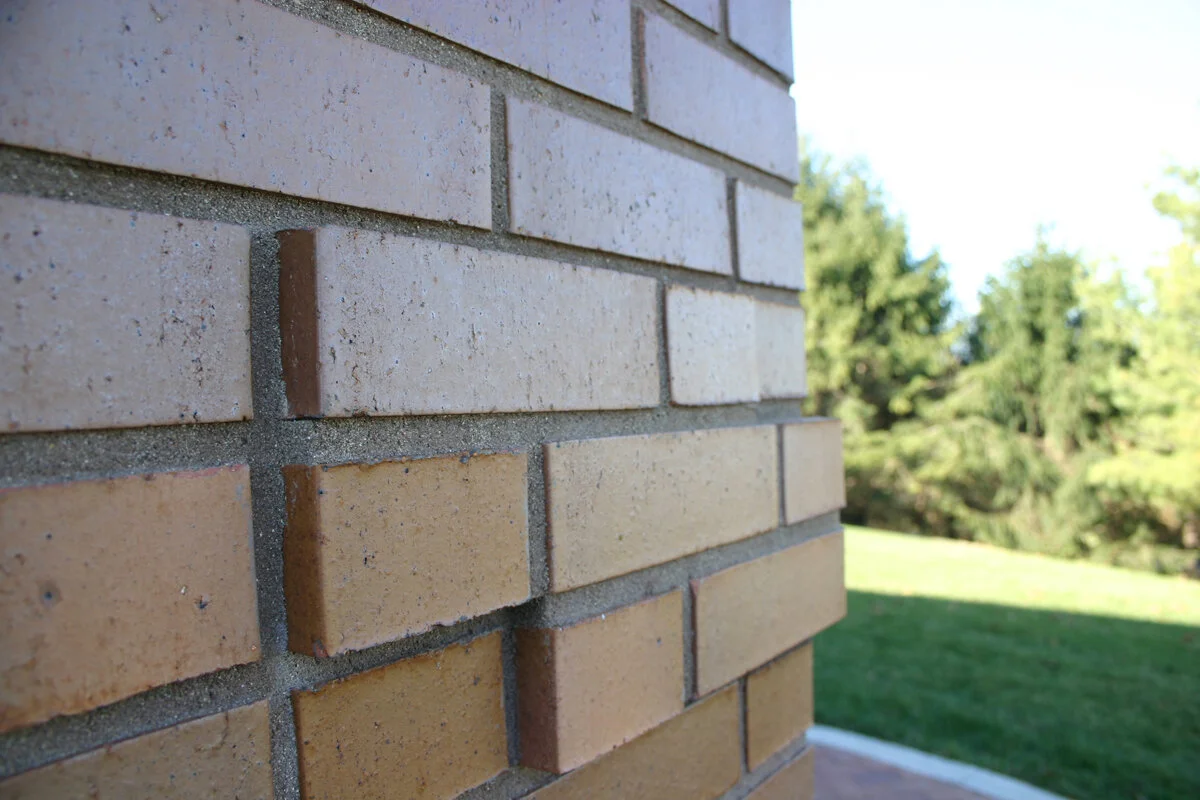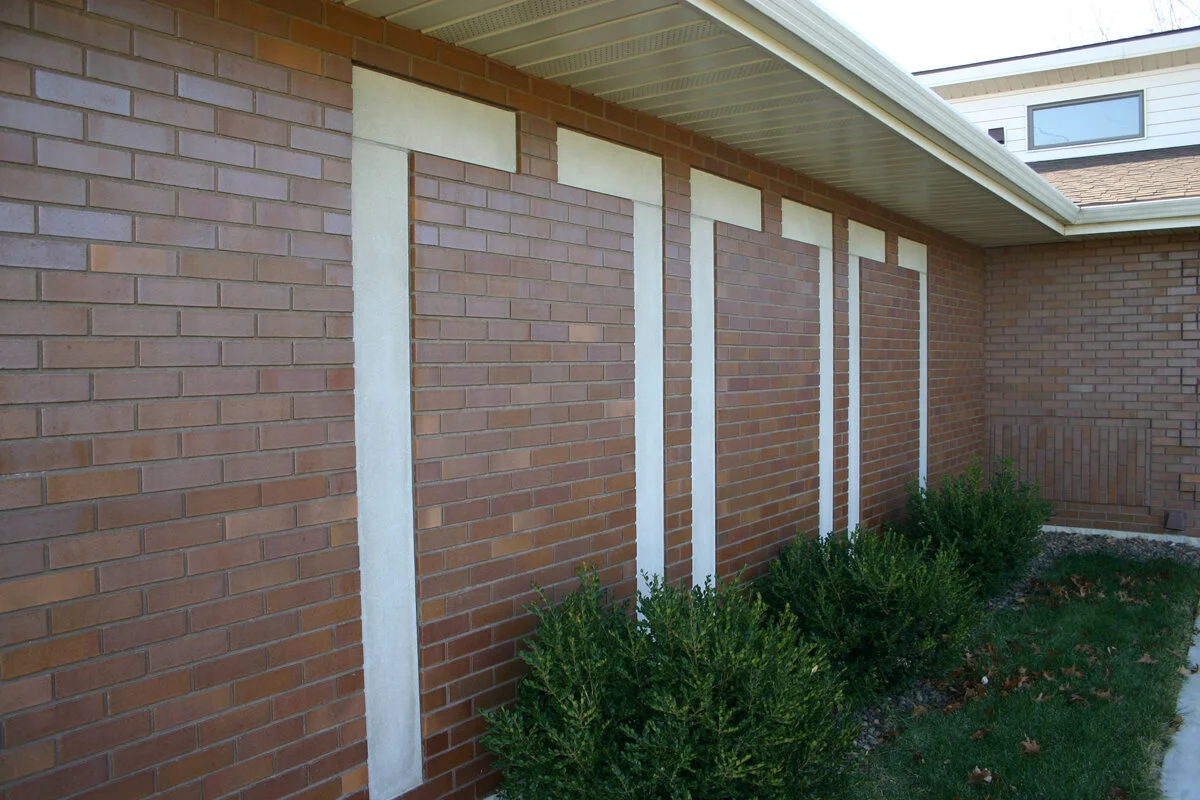It's never too late for brick
/A brick building needs to be designed and built with brick in mind from the beginning, right? Surprisingly, not so! Retrofitting clay brick to a previously non-brick building is a real, and often overlooked, possibility for delivering the ultimate face lift to a structure.
For centuries brick walls were little more than fired clay blocks stacked upon each other with mortar in between, often many layers (wythes) deep. A brick wall was brick inside and out. The resulting mass of fired clay made for an incredibly durable wall, and its simplicity was part of its appeal. People seem to implicitly know this about brick construction, so the idea of adding brick to an existing building as part of a renovation is perceived to be impractical if not impossible — if it’s perceived at all.
As the masonry and construction industries migrated to brick veneer wall systems (a single wythe of brick cladding over an interior structural wall of another material with a cavity for drainage in between), re-cladding a structure with brick became a real possibility.
Sometimes referred to as a “brick overcoat,” installing brick over a wall originally clad in another material is just a matter of laying up brick around the structure while incorporating a new drainage cavity, flashing, and anchors as would be required in new construction. Of course, the brick veneer needs to be supported at ground level by something, which can be accomplished by pouring a concrete ledge at the foundation or by bolting a steel lintel to it. Details on selecting and installing these features, along with other great advice, can be found in the Brick Industry Association’s excellent Technical Note on the topic.
But forget the technical stuff for now. Just look at these dramatic results!



















